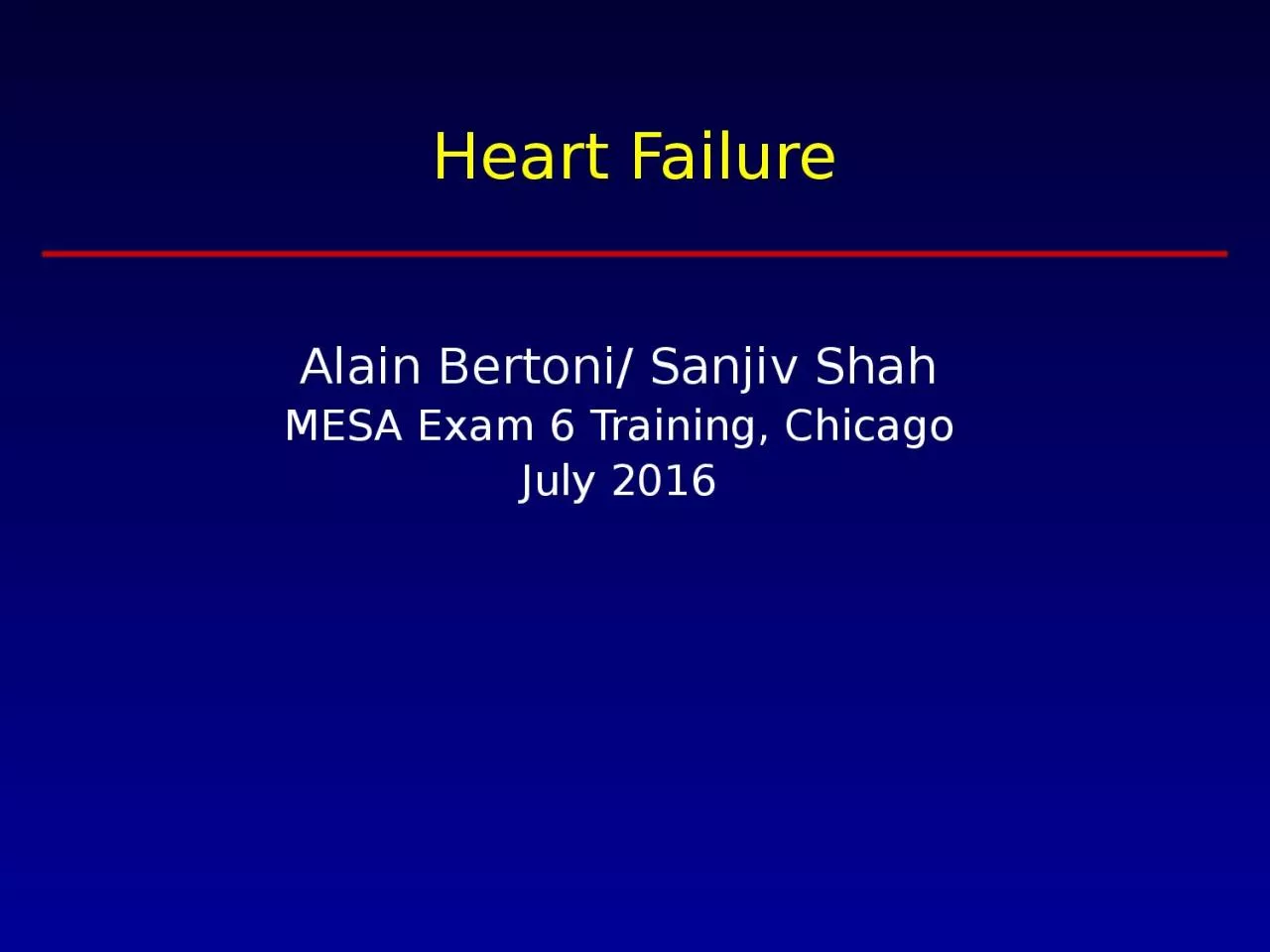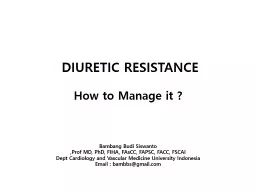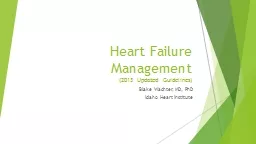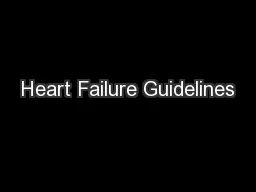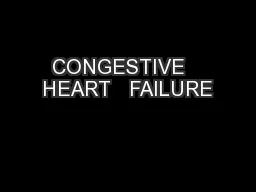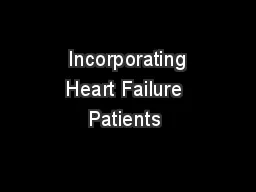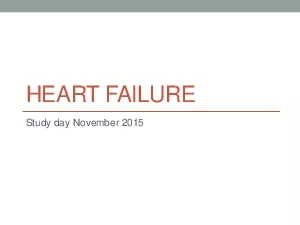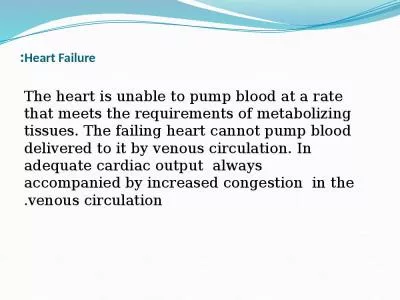PPT-Heart Failure Alain Bertoni/
Author : pagi | Published Date : 2022-06-15
Sanjiv Shah MESA Exam 6 Training Chicago July 2016 Introduction to the HF problem Heart failure HF is a complex clinical syndrome not a single disease entity
Presentation Embed Code
Download Presentation
Download Presentation The PPT/PDF document "Heart Failure Alain Bertoni/" is the property of its rightful owner. Permission is granted to download and print the materials on this website for personal, non-commercial use only, and to display it on your personal computer provided you do not modify the materials and that you retain all copyright notices contained in the materials. By downloading content from our website, you accept the terms of this agreement.
Heart Failure Alain Bertoni/: Transcript
Download Rules Of Document
"Heart Failure Alain Bertoni/"The content belongs to its owner. You may download and print it for personal use, without modification, and keep all copyright notices. By downloading, you agree to these terms.
Related Documents

